Windows:打开MSDTC,恢复Windows任务栏,查看windows日志,打开远程桌面,打开Services,资源监控
2016-06-18 23:07
645 查看
一,Win10 打开 MSDTC
1,Win+R 打开运行窗口,输入 dcomcnfg,打开组件服务窗口
2,在组件服务 catalog下找到 Distributed Transaction Coordinator下的本地DTC
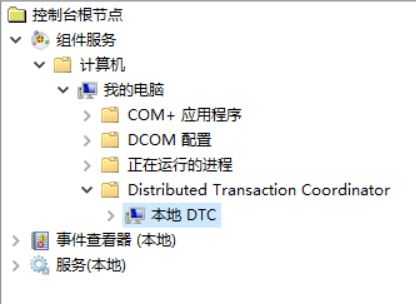
3,打开本地DTC的属性,设置安全tab,选中“网络DTC访问”,勾选“允许远程客户端”,“允许远程管理”,“允许入站”,“允许出站”,“要求相互进行身份验证”,DTC登陆账户为:NT Authority\Network Service

二,恢复Windows TaskBar
1,Task bar 如下图,使用Windows OS的用户可能会遇到Task Bar 不见的情况

2,解决方法
Ctrl+Alt+Delete 打开 Task Manager,在File菜单中,选择“Run new task”,输入 explorer.exe,执行这个命令即可

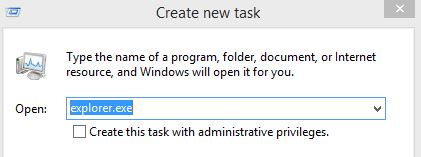
三,查看windows日志
Windows Logs 集成在Event Viewer中,可以通过两种方式打开
1,通过Manage打开Windows Logs
打开路径:Computer->Manage->System tools


2,通过管理工具打开Event Viewer
打开路径:Control Panel->Admin Tools->Event Viewer,在Event Viewer中能够打开Windows Logs
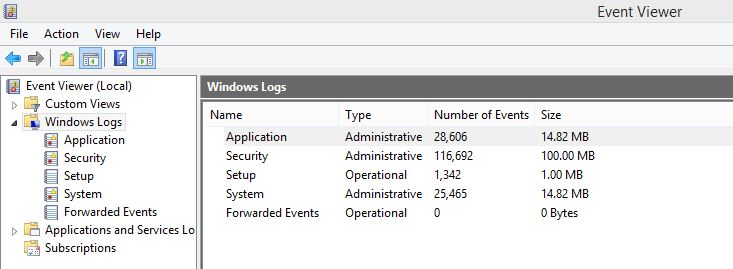
四,打开Remote Desktop Connection
1,点击Win+R 打开运行窗口,输入 mstsc,打开

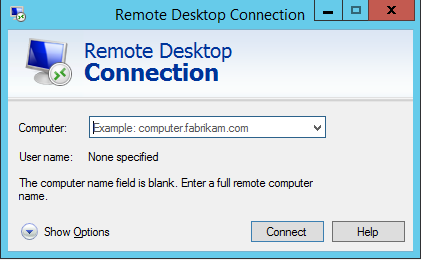
2,管理计算器的凭证(Credential Manager)
通过控制面板打开凭证管理:Control Panel->Credential Manager

点击windows Credentials,能够管理Remote Desktop Connection 使用的Windows凭证,存储这些凭证,在远程连接桌面时,只需要选择Server name,复杂的密码就会以暗文方式自动输入,无需记忆复杂的密码。
五,打开Services
1,通过命令打开Service窗口
点击Win+R 打开运行窗口,输入 services.msc,打开Services


2,删除已经安装的Service
在Dos命令行窗口中,使用命令删除service
六,打开资源监控器(Resource Monitor)
Resource Monitor 是Real-Time 监控 CPU,Memory,Disk 和 Network 资源的Monitor
1,按住“Windows+R”打开命令行窗口,输入命令“resmon”,打开资源监视器

2,选择性监控Resource Usage
在应用程序列表中勾择 sqlservr.exe,实时查看SQL Server的资源使用情况。
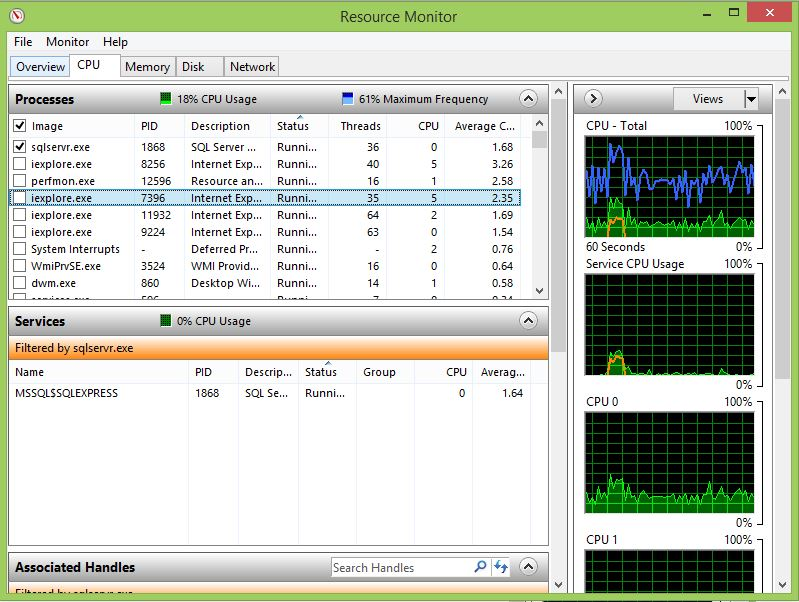
附件: Memory Tab
Memory:Memory displays the current hard faults per second in green and displays the percentage of physical memory currently in use in blue.
Image: The application that is using memory resources.
PID: The process ID of the application instance.
Hard Faults/min: The number of hard faults per minute that are currently resulting from the application instance.
Working set (KB): The number of kilobytes of the application instance working set that may be available for other applications to use.
Private (KB): The number of kilobytes of the application instance working set that is dedicated to the process.
A hard fault (also known as a page fault) occurs when the page of the referenced address is no longer in physical memory and has been swapped out or is available from a backing file on disk. It is not an error. However, a high number of hard faults may explain the slow response time of an application if it must continually read data back from disk rather than from physical memory.
1,Win+R 打开运行窗口,输入 dcomcnfg,打开组件服务窗口
2,在组件服务 catalog下找到 Distributed Transaction Coordinator下的本地DTC

3,打开本地DTC的属性,设置安全tab,选中“网络DTC访问”,勾选“允许远程客户端”,“允许远程管理”,“允许入站”,“允许出站”,“要求相互进行身份验证”,DTC登陆账户为:NT Authority\Network Service

二,恢复Windows TaskBar
1,Task bar 如下图,使用Windows OS的用户可能会遇到Task Bar 不见的情况

2,解决方法
Ctrl+Alt+Delete 打开 Task Manager,在File菜单中,选择“Run new task”,输入 explorer.exe,执行这个命令即可


三,查看windows日志
Windows Logs 集成在Event Viewer中,可以通过两种方式打开
1,通过Manage打开Windows Logs
打开路径:Computer->Manage->System tools


2,通过管理工具打开Event Viewer
打开路径:Control Panel->Admin Tools->Event Viewer,在Event Viewer中能够打开Windows Logs

四,打开Remote Desktop Connection
1,点击Win+R 打开运行窗口,输入 mstsc,打开


2,管理计算器的凭证(Credential Manager)
通过控制面板打开凭证管理:Control Panel->Credential Manager

点击windows Credentials,能够管理Remote Desktop Connection 使用的Windows凭证,存储这些凭证,在远程连接桌面时,只需要选择Server name,复杂的密码就会以暗文方式自动输入,无需记忆复杂的密码。
五,打开Services
1,通过命令打开Service窗口
点击Win+R 打开运行窗口,输入 services.msc,打开Services


2,删除已经安装的Service
在Dos命令行窗口中,使用命令删除service
su delete service-name
六,打开资源监控器(Resource Monitor)
Resource Monitor 是Real-Time 监控 CPU,Memory,Disk 和 Network 资源的Monitor
1,按住“Windows+R”打开命令行窗口,输入命令“resmon”,打开资源监视器

2,选择性监控Resource Usage
在应用程序列表中勾择 sqlservr.exe,实时查看SQL Server的资源使用情况。

附件: Memory Tab
Memory:Memory displays the current hard faults per second in green and displays the percentage of physical memory currently in use in blue.
Image: The application that is using memory resources.
PID: The process ID of the application instance.
Hard Faults/min: The number of hard faults per minute that are currently resulting from the application instance.
Working set (KB): The number of kilobytes of the application instance working set that may be available for other applications to use.
Private (KB): The number of kilobytes of the application instance working set that is dedicated to the process.
A hard fault (also known as a page fault) occurs when the page of the referenced address is no longer in physical memory and has been swapped out or is available from a backing file on disk. It is not an error. However, a high number of hard faults may explain the slow response time of an application if it must continually read data back from disk rather than from physical memory.
相关文章推荐
- Linux C学习---递归函数
- Linux c学习--从标准输入输出看流和缓冲区
- Linux C 编程技巧--利用有限状态机模型编程
- Nginx负载均衡配置
- linux C --深入理解字符串处理函数 strlen() strcpy() strcat() strcmp()
- 如何栽树梅派上搭建个人网站
- gdb调试程序3
- Linux C编程---指针数组简析(二维数组、多级指针)
- 使用github搭建网站
- 使用github上搭建网站
- OpenStack TroubleShooting技巧
- linux的文件系统
- Linux C编程学习--main()函数简析
- linux C 学习---函数指针
- Linux C 指针练习
- Storm架构分析
- Linux C 函数练习
- Hadoop2.0 源码学习方法
- Linux C 预处理详解
- 网站运营在公司不受重视,你该怎么办?
